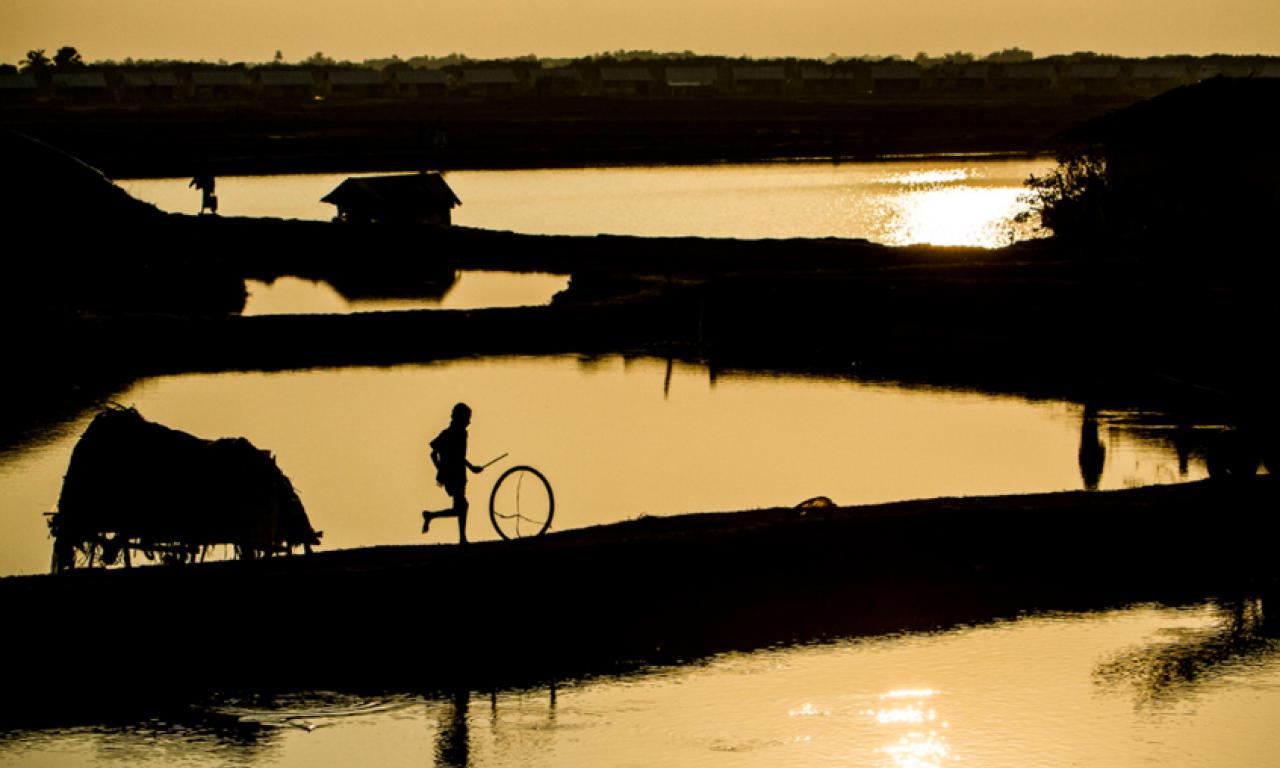
Climate change threatens the productivity of fisheries, and the livelihoods of many dependent communities. Fish producing countries throughout Africa, Asia, and Latin America face challenges from a changing climate, but Africa is especially at risk, with fourteen of the world’s 20 most vulnerable countries found within the continent.
Recommended publications
- Improving Employment and Income through Development of Egypt’s Aquaculture Sector (IEIDEAS) project
- Rewiring food systems to enhance human health and biosphere stewardship
Climate change threatens the productivity of fisheries, and the livelihoods of many dependent communities. Fish producing countries throughout Africa, Asia, and Latin America face challenges from a changing climate, but Africa is especially at risk, with fourteen of the world’s 20 most vulnerable countries found within the continent.
And as demand for fish, the largest source of wild protein left on the planet grows, fish farming, known as aquaculture is highlighted as one of ten innovations for climate action in agriculture. For more than three billion people, some 40 per cent of the planet’s population, fish makes up a fifth or more of their animal source food intake. The potential to increase aquaculture production is also seen as immense, with very positive implications for the eradication of global malnutrition.
Investment in aquaculture is one key strategy for adaptation to changing environments that requires much more attention. Fish farming provides multiple benefits for smallholders: an opportunity to increase adaptive capacity through an alternative supply of fish to depleted wild fisheries; a nutrient rich and widely accepted animal source food for homestead consumption and sales; a diversified farm income and food source that increases resilience in the face of shocks; and farm water reservoirs that buffer against drought, while offering several services to both crop and livestock farming. Fish in ponds can also act as “capital” for smallholder families that can be used for food or cash.
Beyond contributing to adaptive capacity, aquaculture offers opportunities that respond to the global imperative to mitigate impacts of food production systems. Aquaculture can be a highly efficient food production system, with ominivorus and herbivorous fish such as tilapias and carps converting feed into body mass in highly efficient ways. Secondly, marine and estuarine fish farming is not limited by the challenges facing other land-based food production systems that face competition for scarce land and freshwater. In tropical deltas affected by salinity intrusion and extreme weather, such as in Bangladesh, fish ponds are also providing income and food production alternatives in areas becoming less suitable for agricultural crops and livestock, as well as helping communities cope with natural disasters.
WorldFish and the CGIAR Research Program on Fish Agri-food Systems (FISH) are working with CCAFS and partners to develop innovations in technologies and management systems for aquaculture and fisheries that will increase adaptive capacity at scale, and to test and disseminate climate smart fish production systems that mitigate greenhouse gas (GHG) emissions, enhance resilience and improve food and nutrition security for the poor. Scaling of several promising solutions requires mobilising new investment, and policies, institutional development and skilled people that can enable sustainable growth of fish farming, while managing any risks from demands that aquaculture can place on resources and the environment.
Among the technology solutions are fish breeding and hatchery technology, disease control systems, new sustainable feed sources and nutrition-sensitive, low-cost and low environmental impact production systems. The latest information communications technologies (ICTs) can also be leveraged, including satellite and mapping technology, ecological modelling, mobile systems and open data. The enabling of local services and use of mobile knowledge transfer techniques shows promise in increasing access and reach of technical information, finance and market knowledge.
The FISH program has targeted an ambitious 20% reduction in greenhouse gas emissions, 10% increase in water- and nutrient-use efficiency in nearly 5 million metric tons of annual farmed fish production by 2022. But, the transformation of aquaculture into the most efficient producer of nutritious animal source foods can go further. FISH will continue its partnerships with other CGIAR centres and research programs such as CCAFS, partner governments, research institutions, NGOs, and the private sector to develop mitigation and adaption strategies to climate change and build more resilient food production systems.